What to order, and how and when to drink coffee in Tuscany, Italy.
Drinking coffee in Italy is an art. That’s because Italian coffee isn’t like coffee in the United States or anywhere else for that matter. Two important points at the outset. The “Italian” expressions used in Starbucks coffee houses either mean something entirely different in Italy or nothing at all. Secondly, a “bar” is what we call a “cafe” in English except that alcoholic drinks are also available.
Most Italians drink coffee standing at the bar and the prices are significantly less at the bar than for the same items sitting at a table – € 1.25 versus € 5.00, for example. At the bar, you usually have to pay for your coffee before ordering it, often at a cash register away from where the coffee and pastries are actually served. So decide what you want, pay, collect a ticket-like receipt – you show this while being served – and pick up your pastry from the pastry area and carry it to the bar where you order your coffee.
Kinds of coffee and coffee-related phrases:
Caffè: this literally means “coffee”, but in Italy, it’s always an espresso. You can, nevertheless, specify espresso just to be sure. Note that it’s “espresso” not “expresso”.
Cappuccino: espresso topped up with hot, foamed milk. It’s named after the Cappuccini (Capuchin monks) because of the color of their hoods. Cappuccino is rarely ordered by Italians in the afternoon and never after dinner.
Caffè macchiato: this means a “spotted” coffee, and in this case, it’s spotted with a splash of hot milk.
Latte macchiato: this means “spotted milk”. In this case, a lot of milk with a spot of coffee.
Caffè americano: American-style filtered coffee doesn’t exist in Italy. Instead, if you order an “American coffee”, you’ll probably get espresso with hot water added.
Caffè lungo: a “long” coffee, i.e. with more water. When the espresso is actually being pulled, the process is slowed down so there’s twice as much water involved.
Coffee comes without any sugar in it. Instead, add sugar, if you wish, from the sugar bowl or packets on the counter. Some bars also offer bowls of cremina, which is foam whipped with sugar. You can spoon some cremina into your coffee to make it a bit sweeter. Many Italians eat a sweet pastry with their coffee if it constitutes their breakfast. Choosing a regular bar often depends of the freshness and quality of their pastries – cream-filled doughnuts, chocolate croissants etc. At lunch time a good range of sandwiches should also be available.
A caffè taken at the bar currently (2014) costs about € 1.25.
More about restaurant prices in Tuscany.
About Anna Maria Baldini
Anna Maria is a frequent contributor to web content on life in Tuscany. She researches all aspects of Tuscan life, with emphasis on history, art, architecture and the culture of the people of this beautiful region of Italy.
- Web |
- More Posts(38)




 March 29th, 2014
March 29th, 2014  Anna Maria Baldini
Anna Maria Baldini 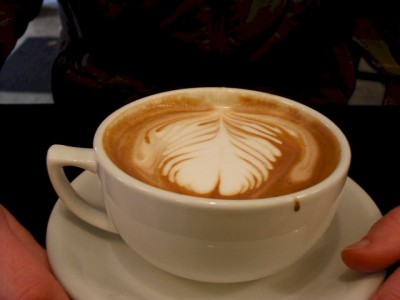
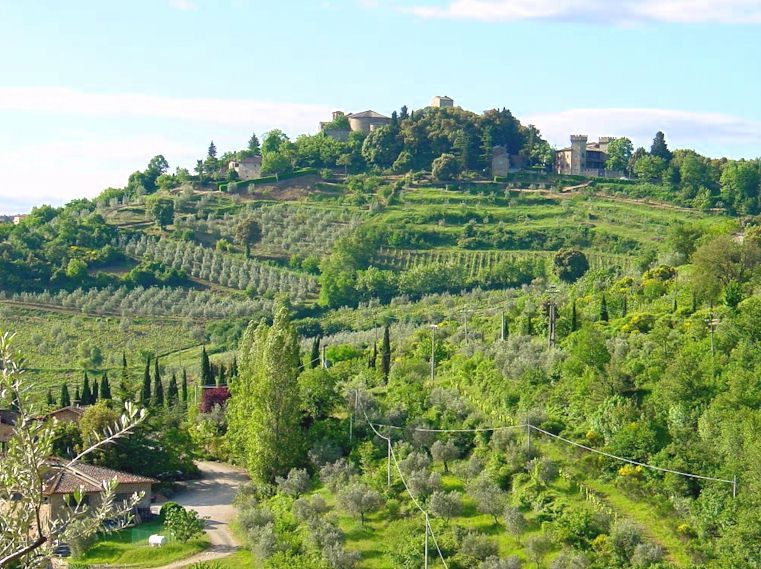
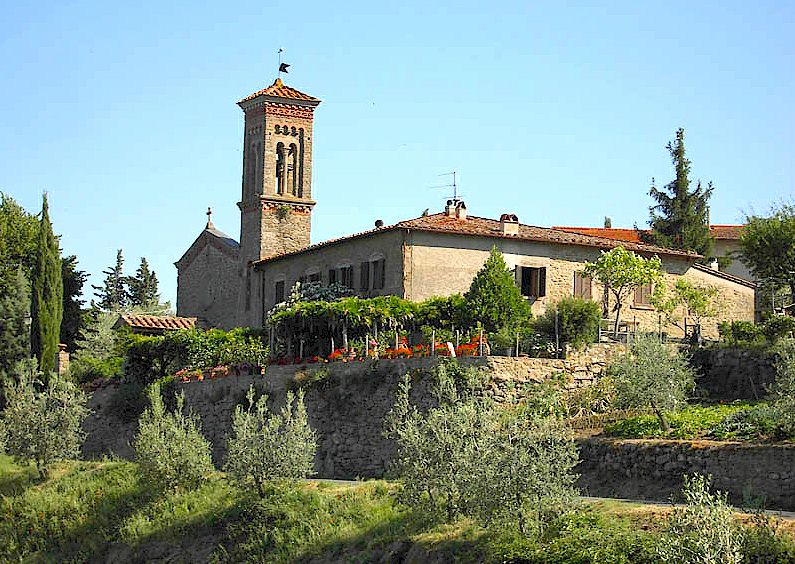
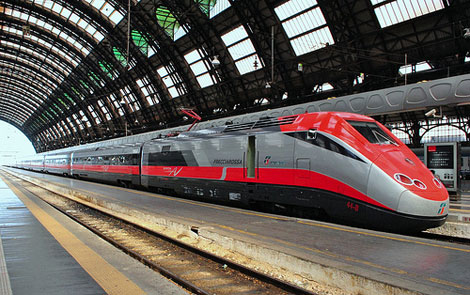
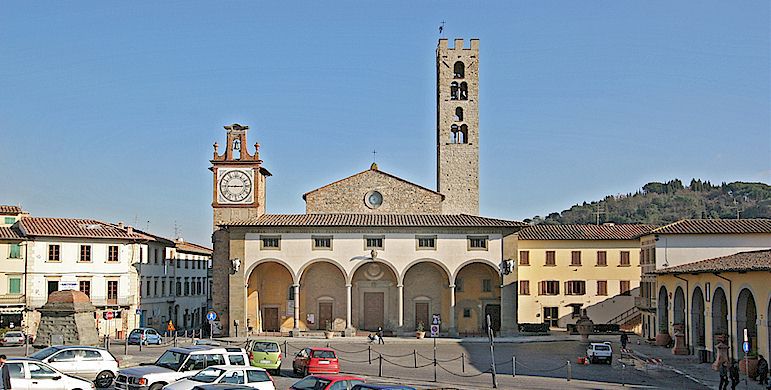
 Posted in
Posted in  Tags:
Tags: